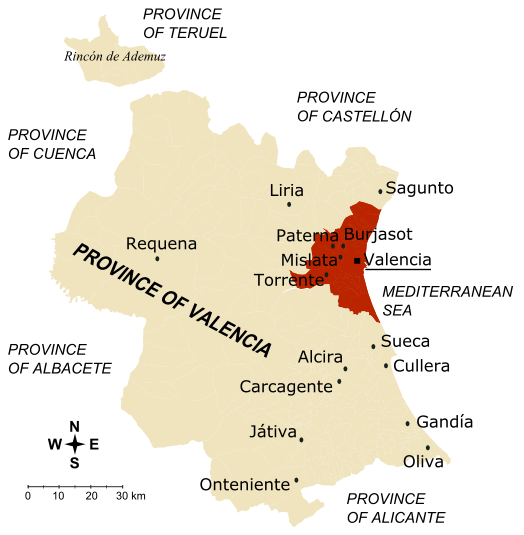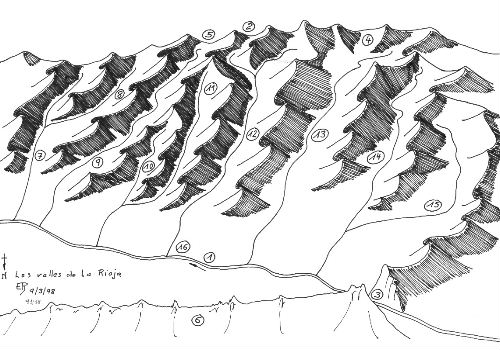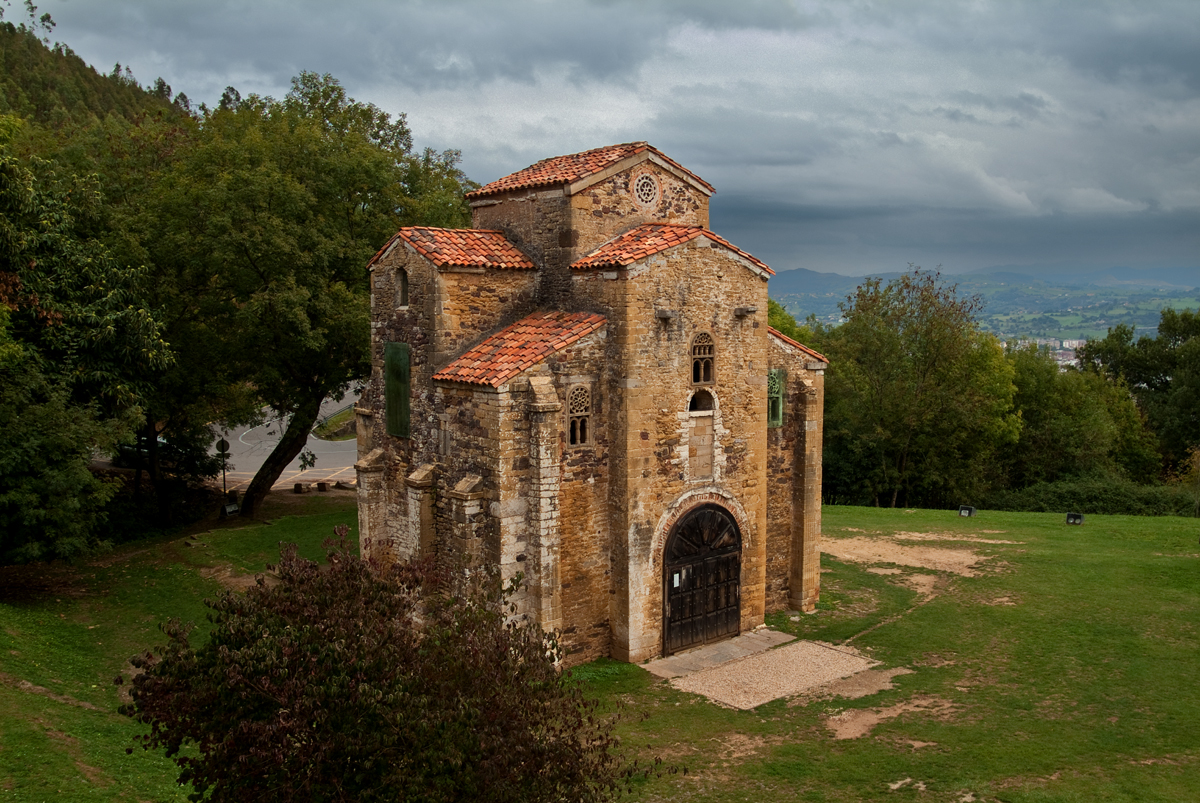|
Vehicle Registration Plates Of Spain
Vehicle registration plates are the mandatory number plates used to display the registration mark of a vehicle, and have existed in Spain since 1900. Most motor vehicles which are used on public roads are required by law to display them. The government agency responsible for the registration and numbering of vehicles is the Directorate General of Traffic. Current system Spain has finished using the L-series, the format of which was ''nnnn LLL'' where: * ''nnnn'' is a sequence number from 0000 to 9999, * ''LLL'' is a "counter" comprising three letters, which increments after the sequence number reaches 9999. The consonants B, C, D, F, G, H, J, K, L, M, N, P, R, S, T, V, W, X, Y and Z are used for a total of 80 million possible registrations in the system. * ''L'' see #Colour plates, Colour plates. It is not used in private vehicles. This format, introduced on 18 September 2000, is used nationwide, so there is no way of knowing where the vehicle was registered. The "counter" gives ... [...More Info...] [...Related Items...] OR: [Wikipedia] [Google] [Baidu] |
Directorate General Of Traffic
The Directorate-General for Traffic (, DGT) is a component of the Spain, Spanish Ministry of the Interior (Spain), Department of the Interior responsible for the execution of the government's road policy in the Spanish road transport network. The DGT is both an administrative body and an List of agencies in Spain, autonomous agency, acting as Central Traffic Headquarters (, JCT). Organisation The DGT is made up 50 provincial headquarters, one for each Province (Spain), province, two local headquarters in Ceuta and Melilla and 14 local offices (Alcorcón, Alzira, Valencia, Alzira, Cartagena, Spain, Cartagena, Fuerteventura, Gijón, Ibiza, Lanzarote, La Línea de la Concepción, Menorca, La Palma, Sabadell, Santiago de Compostela and Talavera de la Reina). Director-general The Director-General is a civil servant who is responsible for the day-to-day operations of the DGT. The current director-general is Pere Navarro Olivella. Navarro Olivella already served as Director-General for Tr ... [...More Info...] [...Related Items...] OR: [Wikipedia] [Google] [Baidu] |
Province Of Valencia
Valencia ( , ), officially València (), is a provinces of Spain, province of Spain, in the central part of the autonomous Valencian Community. Of the province's 2.7 million people (2024), almost one-third live in the capital, Valencia, which is also the capital of the autonomous community and the list of metropolitan areas in Spain, 3rd biggest city in Spain, with a metropolitan area of 2,522,383 people it is also one of the most populated cities of Southern Europe. There are 265 List of municipalities in Valencia, municipalities in the province. History Although the Spanish Constitution of 1812 loosely created the province of València, a stable administrative entity does not arise until the territorial division of Spain in 1833, remaining today without major changes. The Provincial Council of Valencia dates from that period. After the Valencian Statute of Autonomy of 1982, the province became part of the Valencian Community. Valencian language, Valencian and Spanish langua ... [...More Info...] [...Related Items...] OR: [Wikipedia] [Google] [Baidu] |
Spanish Vehicle Registration Plate
Spanish might refer to: * Items from or related to Spain: **Spaniards are a nation and ethnic group indigenous to Spain **Spanish language, spoken in Spain and many countries in the Americas **Spanish cuisine ** Spanish history **Spanish culture **Languages of Spain, the various languages in Spain Other places * Spanish, Ontario, Canada * Spanish River (other), the name of several rivers * Spanish Town, Jamaica Other uses * John J. Spanish (1922–2019), American politician * "Spanish" (song), a single by Craig David, 2003 See also * * * Español (other) * Spain (other) * España (other) * Espanola (other) * Hispania, the Roman and Greek name for the Iberian Peninsula * Hispanic, the people, nations, and cultures that have a historical link to Spain * Hispanic (other) * Hispanism * Spain (other) * National and regional identity in Spain * Culture of Spain The culture of Spain is influenced by its Western ... [...More Info...] [...Related Items...] OR: [Wikipedia] [Google] [Baidu] |
Logroño
Logroño ( , , ) is the capital of the autonomous community of La Rioja (Spain), La Rioja, Spain. Located in the north of the Iberian Peninsula, primarily in the right (South) bank of the Ebro River, Logroño has historically been a place of passage, such as the Camino de Santiago. Its borders were disputed between the Iberian kingdoms of Crown of Castile, Castille, Kingdom of Navarre, Navarre and Crown of Aragon, Aragon during the Middle Ages. The population of the city in 2021 was 150,808 while the metropolitan area included nearly 200,000 inhabitants. The city is a centre of trade of Rioja wine, for which the area is noted, and manufacturing of wood, metal and textile products. Etymology Origin of the name The origin of this toponym is, as for many other places, unknown. The name ''Lucronio'' was first used in a document from 965 where García Sánchez I of Pamplona donated the place so named to the Monasteries of San Millán de la Cogolla, Monastery of San Millán. In ... [...More Info...] [...Related Items...] OR: [Wikipedia] [Google] [Baidu] |
La Rioja (Spain)
La Rioja () is an autonomous community and province in Spain, in the north of the Iberian Peninsula. Its capital is Logroño. Other cities and towns in the province include Calahorra, Arnedo, Alfaro, Haro, Santo Domingo de la Calzada, and Nájera. It has an estimated population of 315,675 inhabitants (INE 2018), making it the least populated autonomous community of Spain. It covers part of the Ebro valley towards its north and the Iberian Range in the south. The community is a single province, so there is no provincial deputation, and it is organized into 174 municipalities. It borders the Basque Country (province of Álava) to the north, Navarre to the northeast, Aragón to the southeast ( province of Zaragoza), and Castilla y León to the west and south (provinces of Burgos and Soria). The area was once occupied by pre-Roman Berones, Pellendones and Vascones. After partial recapture from the Muslims in the early tenth century, the region became part of the Kingd ... [...More Info...] [...Related Items...] OR: [Wikipedia] [Google] [Baidu] |
Gijón
Gijón () or () is a city and municipality in north-western Spain. It is the largest city and Municipalities of Spain, municipality by population in the autonomous communities of Spain, autonomous community of Asturias. It is located on the coast of the Cantabrian Sea in the Bay of Biscay, in the central-northern part of Asturias; it is approximately north-east of Oviedo, the capital of Asturias, and from Avilés. With a population of 273,744 as of 2023, Gijón is the Ranked lists of Spanish municipalities, 15th largest city in Spain. Gijón forms part of a large metropolitan area that includes twenty councils in the center of the region, structured with a dense network of roads, highways and railways and with a population of 835,053 inhabitants in 2011, making it the seventh largest in Spain. During the 20th century, Gijón developed as an industrial city in the steel and naval industries. However, due to the decline in manufacturing in these industries, in recent years Gij� ... [...More Info...] [...Related Items...] OR: [Wikipedia] [Google] [Baidu] |
Oviedo
Oviedo () or Uviéu (Asturian language, Asturian: ) is the capital city of the Principality of Asturias in northern Spain and the administrative and commercial centre of the region. It is also the name of the municipality that contains the city. Oviedo is located approximately southwest of Gijón and southeast of Avilés, both of which lie on the shoreline of the Bay of Biscay. Oviedo's proximity to the ocean of less than in combination with its elevated position with areas of the city more than 300 metres above sea level causes the city to have a maritime climate, in spite of its not being located on the shoreline itself. History The Kingdom of Asturias began in 720, with the Visigothic aristocrat Pelagius of Asturias, Pelagius's (685–737) revolt against the Muslims who at the time were occupying most of the Iberian Peninsula. The Umayyad conquest of Hispania, Moorish invasion that began in 711 had taken control of most of the peninsula, until the revolt in the nort ... [...More Info...] [...Related Items...] OR: [Wikipedia] [Google] [Baidu] |
Asturias
Asturias (; ; ) officially the Principality of Asturias, is an autonomous communities of Spain, autonomous community in northwest Spain. It is coextensive with the provinces of Spain, province of Asturias and contains some of the territory that was part of the larger Kingdom of Asturias in the Middle Ages. Divided into eight Comarcas of Asturias, ''comarcas'' (counties), the autonomous community of Asturias is bordered by Cantabria to the east, by Province of León, León (Castile and León) to the south, by Province of Lugo, Lugo (Galicia (Spain), Galicia) to the west, and by the Cantabrian Sea to the north. Asturias is situated in a mountainous setting with vast greenery and lush vegetation, making it part of Green Spain. The region has a oceanic climate, maritime climate. It receives plenty of annual rainfall and little sunshine by Spanish standards and has very moderate seasons, most often averaging in the lower 20s Celsius. Heat waves are rare due to mountains blocking s ... [...More Info...] [...Related Items...] OR: [Wikipedia] [Google] [Baidu] |
Ourense
Ourense (; ) is a city and the capital of the province of province of Ourense, Ourense, located in the Autonomous communities of Spain, autonomous community of Galicia (Spain), Galicia, northwestern Spain. It is on the Camino Sanabrés path of the Way of St James (Camino de Santiago), and is crossed by the Minho (river), Miño, Barbaña, Loña and Barbañica rivers. It is also known as ''A cidade das Burgas'' (in Galician) due to its hot springs, being one of the European cities with the greatest thermal heritage. Population Its population of 105,233 (2019) accounts for 34.2% of the population of the province and makes it the third largest city of Galicia. Its metropolitan area has a population that exceeds 140,000. In 2019 there were 14,171 foreigners living in the city, representing 13.5% of the total population. The main nationalities are Portuguese people, Portuguese (31.8%), Venezuelans (11.2%) and Romanians (7.9%). By language, according to 2018 data, 32.3% of the popu ... [...More Info...] [...Related Items...] OR: [Wikipedia] [Google] [Baidu] |
Catalan Language
Catalan () is a Western Romance languages, Western Romance language and is the official language of Andorra, and the official language of three autonomous communities of Spain, autonomous communities in eastern Spain: Catalonia, the Balearic Islands and the Valencian Community, where it is called ''Valencian language, Valencian'' (). It has semi-official status in the Italy, Italian ''comune'' of Alghero, and it is spoken in the Pyrénées-Orientales department of France and in two further areas in eastern Spain: the La Franja, eastern strip of Aragon and the Carche area in the Region of Murcia. The Catalan-speaking territories are often called the or "Països Catalans". The language evolved from Vulgar Latin in the Middle Ages around the eastern Pyrenees. It became the language of the Principality of Catalonia and the kingdoms of kingdom of Valencia, Valencia and Kingdom of Majorca, Mallorca, being present throughout the Mediterranean. Replaced by Spanish as a language of gov ... [...More Info...] [...Related Items...] OR: [Wikipedia] [Google] [Baidu] |
Girona
Girona (; ) is the capital city of the Province of Girona in the autonomous community of Catalonia, Spain, at the confluence of the Ter, Onyar, Galligants, and Güell rivers. The city had an official population of 106,476 in 2024, but the population of the Girona–Salt urban area is estimated to be about 156,400 (2020). Girona is also capital of the ''comarca'' of the Gironès and the vegueria of Girona. Since much of the old quarter of this ancient city has been preserved, Girona is a popular tourist destination. The city is located northeast of Barcelona. History The first historical inhabitants in the region were Iberians; Girona is the ancient Gerunda, a city of the Ausetani. Later, the Romans built a citadel there, which was given the name of ''Gerunda''. The Visigoths ruled in Girona until it was conquered by the Moors in 715. Charlemagne reconquered it in 785 and made it one of the fourteen original counties of Catalonia. It was sacked by the Moors in 827, 842 ... [...More Info...] [...Related Items...] OR: [Wikipedia] [Google] [Baidu] |






